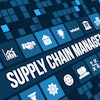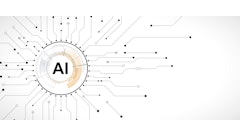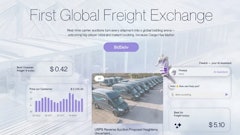
Although just 6% of respondents currently combine optimization with GenAI or large language models, 24% report that they are experimenting with the two technologies, and 30% are interested but have not yet started. Meanwhile, 41% expect GenAI to play a “significant role” in their organization’s decision-making over the next two years, according to Gurobi Optimization, LLC’s 2025 State of Mathematical Optimization Report.
“The State of the Mathematical Optimization report shines a light on how optimization technology is moving from niche use cases to mission-critical business decisions,” says Duke Perrucci, CEO of Gurobi Optimization. “As the leader in this space, Gurobi is proud to provide the clarity organizations need to understand where the market is heading and how optimization and AI are shaping the future together.”
Key takeaways:
- In a year marked by layoffs, demand for applied optimization professionals is still high—77% of respondents said they work in organizations with more than one optimization professional, up from 68% last year.
- For the third consecutive year, 81% of respondents reported that their organization currently combines machine learning with mathematical optimization for at least one project.
- When asked where GenAI might add value to their work, respondents selected model generation or code assistance (51%), business user interfaces to optimization (45%), scenario design automation (42%), and data preparation or problem framing (41%) as potential use cases.
- When asked which business objectives optimization has helped their companies achieve, respondents cited minimized costs, improved operational efficiency, maximized profits, improved customer satisfaction, and reduced waste.



















